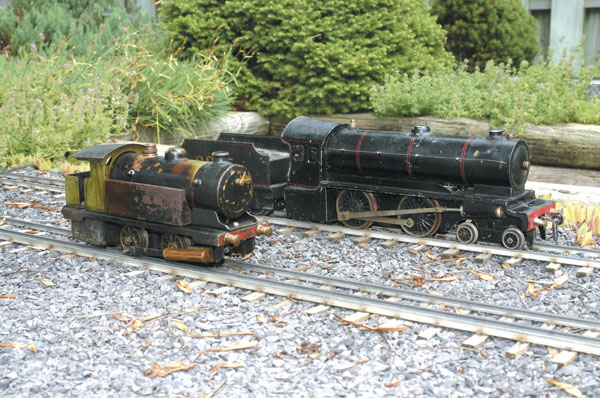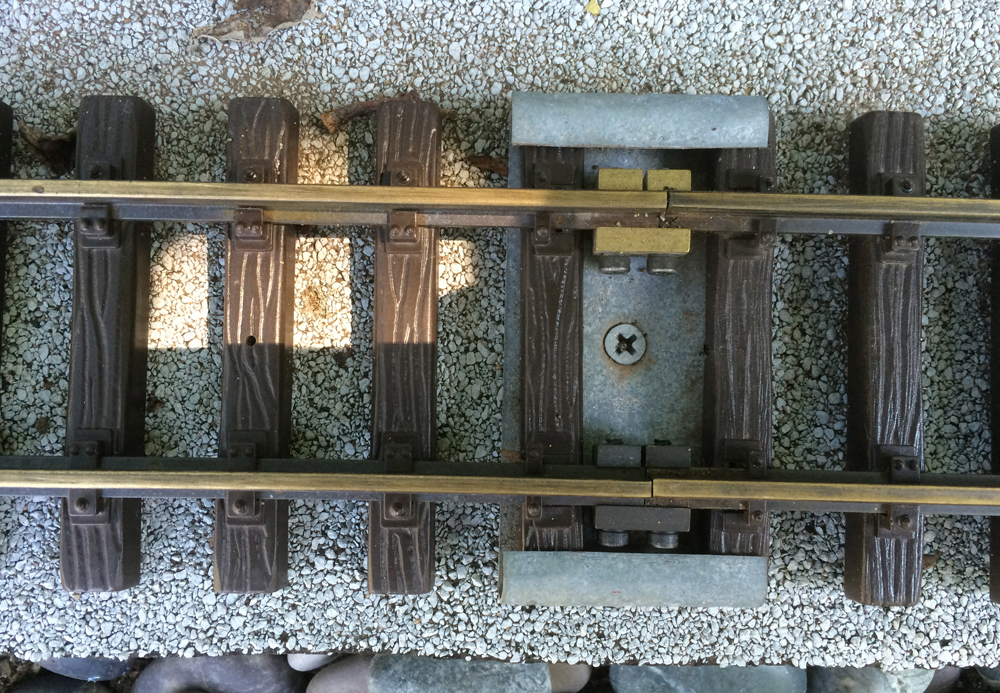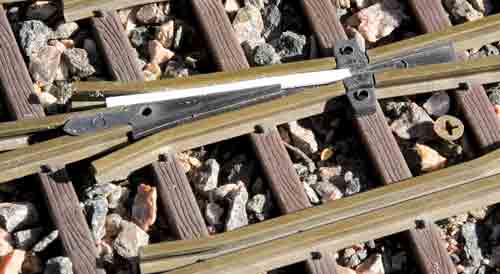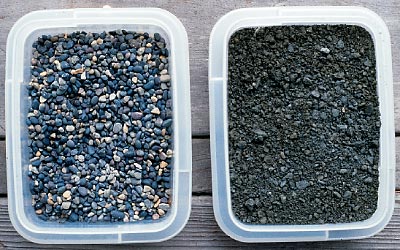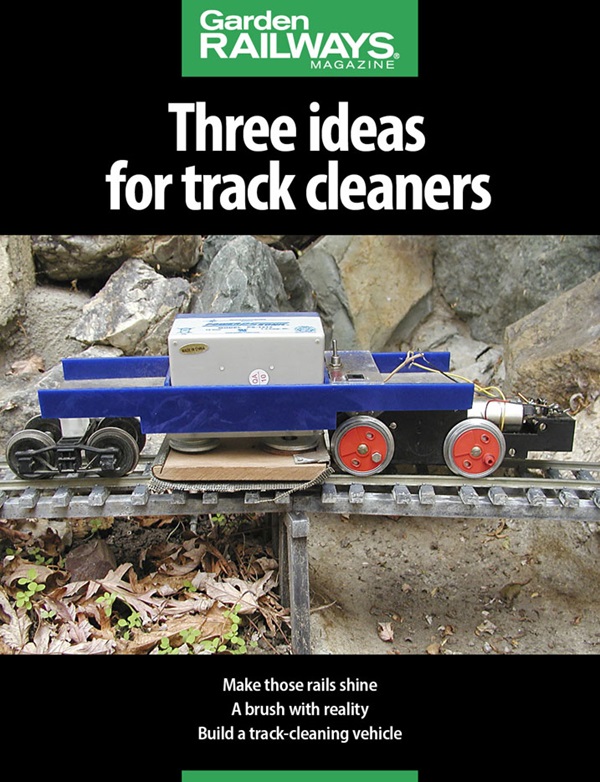An important part of the history of small-scale live steam is the tinplate locomotives that were produced from the latter part of the nineteenth century up into the 1940s, with limited production thereafter. Offered in both gauge 1 and gauge 0, these engines faded from production as electric locomotives became more reliable and readily available. The famous German toy makers, such as Bing and Märklin, made a variety of small-scale live steamers, as did manufacturers in the United Kingdom (Bowman and Bassett-Lowke) and in the US (Weeden and Beggs). Typically, most tinplate live steamers were simple beasts, with oscillating cylinders or fixed, piston-valve cylinders. They usually had simple pot boilers fired by alcohol. The level of detail was minimal to keep the costs down. However, the paintwork was often colorful and elaborate.
Despite the ravages of time, we are fortunate to still have a sizable number of these tinplate engines existing in collections around the world today. Although the pristine examples in display cases are nice to admire, what I find more interesting are the vintage ones that are still being run on garden railways. More often that not, these examples have been overlooked by the collector, as perhaps the paint has suffered from an unfortunate flare-up of the alcohol burner at some time in its life. On the other hand, these blemishes make the engines relatively affordable and more likely to see garden-railway service today. With a bit of luck, a couple of incomplete or damaged locomotives can be combined into one working specimen. Certain replacement parts can still be obtained from toy-train parts suppliers or, thanks to the simplicity of the locomotives’ designs, can be fabricated by the restorer. Although the these locomotives were considered low-pressure “toys,” it is recommended that the soundness of the boiler and the safety valve be checked thoroughly prior to operating a vintage live steamer for the first time.
The two examples of vintage 0-gauge live steamers shown here, belonging to Peter Foley, represent locomotives from the United Kingdom. The small green tank engine was produced by Bowman Models in the 1930s and is a simple pot boiler, fired by alcohol, and powered by a pair of single acting, oscillating cylinders. Bowman Models produced a variety of live steamers between 1920 and 1935. These engines were known for long running time and pulling power. This example is still capable of hauling a string of heavy tinplate passenger cars with ease.
The second, larger, black locomotive is the famous Bassett-Lowke “Enterprise,” produced from the 1920s up until the 1960s. This particular example is probably from sometime in the early 1950s. It’s an alcohol-fired pot boiler, fitted with fixed cylinders using piston-valve reversing (not unlike today’s Ruby). The valve is controlled by a lever that protrudes from the cab roof. One of the interesting things about this engine is that the lubricator is accessed through the smokebox door. The engine is also equipped with a shrill whistle. Later versions of the locomotive (4-6-0s called “Super Enterprise”) were fitted with vaporizing spirit burners, which were particularly difficult to keep lit outdoors, even in the slightest of breezes.
Restoring and operating vintage tinplate live steamers might just be a facet of the small-scale live steam hobby worth exploring, especially if you have a particular interest in making history come alive again.





